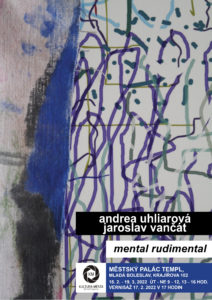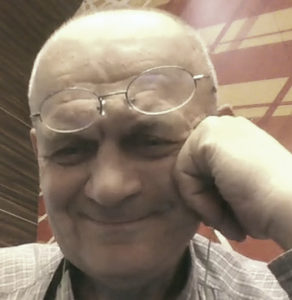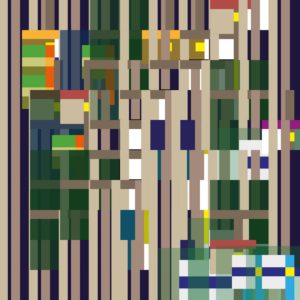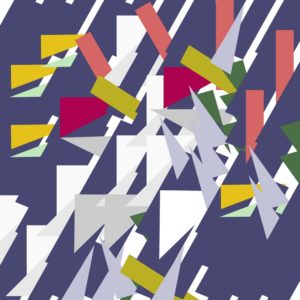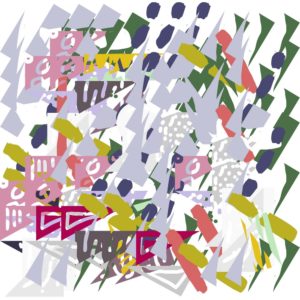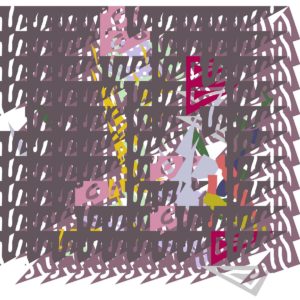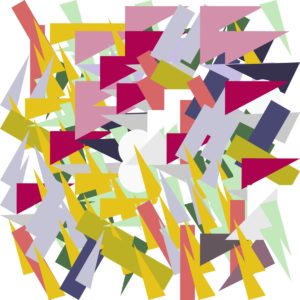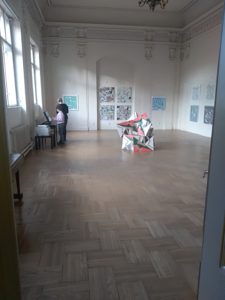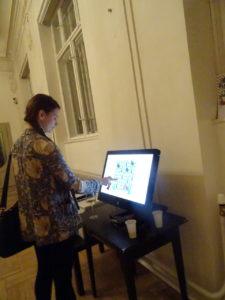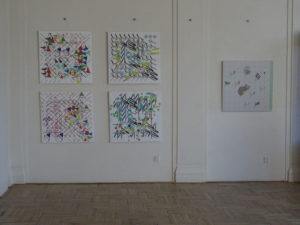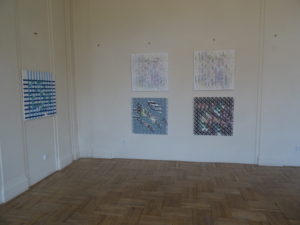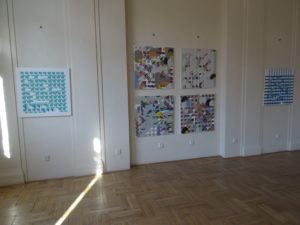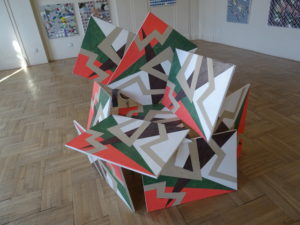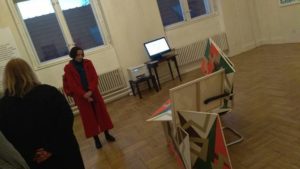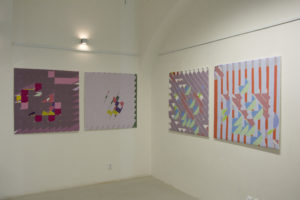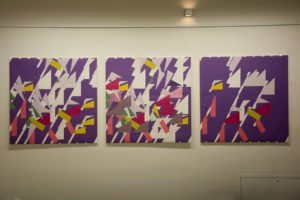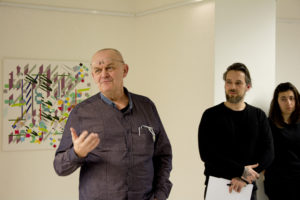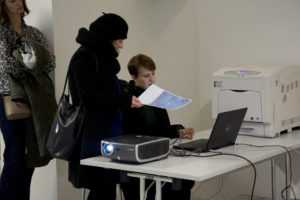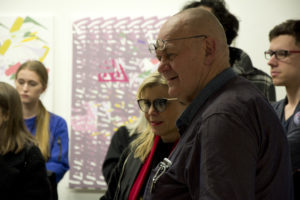METASTRUCTURAL REALISM
Approach to image building by creating image elements relations. The invention of Paul Cézanne – under the influence of Impressionism, rejected the compositional structure of paintings, in which the outward direction of perspective prescribed the position of objects in the picture area. Instead, it followed two simple rules – it is not possible to create image objects in advance, the image is composed of image elements, so that it depends on their color conditions, on their color relations. If the picture elements are correctly interconnected in their relations (principles of the relation to the temperature conditions of the color elements), the objects and their spatial conditions appear, by the way, by themselves, as a higher structure, superior to the color ratios of the elements.
Cézanne thus established a radically new principle of painting, analogous to the then advent of relational physics and relational sciences – semiotics and structuralism.
It is surprising how the structural, relational conception of the world first manifested itself in painting and visual perception, as if it were necessary to first create images of such a world in order to apply such imagination.
In the Czech tradition of structuralism we have a similar opinion to Cézanne’s, with Jan Mukařovský (1934), who also envisions assemblies as a dynamic structure of the relationships of the parts of which they are composed. From a recent philosophical approach, we can see the almost identical idea of Jaques Derrida: „The play of differences presupposes syntheses and legacies that do not allow an element to be present in its own right and point to itself.“
Cézanne’s new approach to the construction of paintings makes it possible to understand all the styles and directions emerged in the first half of the last century not only in their diversity, but also in unity, analogous to the unity of large styles such as Baroque and Renaissance. Its definition is just following different types of elements in different types of mutual relations.
The relational structure of images is a very stimulating theory for new, kinematic and interactive media. Elements dynamically change their positions vis-à-vis other elements and are only gaining significance from the changes in these sessions.
Since the advent of modernism at the beginning of the 20th century, the abundance of elements in interrelationships has become a daily reality, be it the numbers of persons, cells, characters, so it is necessary to start studying their principles also in pictorial expression.
METASTRUKTURNÍ REALISMUS
Přístup ke stavbě obrazu utvářením relací obrazových elementů. Vynález Paula Cézanna – pod vlivem impresionismu odmítl kompoziční stavbu obrazů, při níž vnější pokyn perspektivy předepisoval postavení objektů v obrazové ploše. Místo toho se řídil dvěma jednoduchými předpisy – nelze vytvářet obrazové objekty předem, obraz je složen z obrazových elementů, a to tak, že záleží na jejich barevných poměrech, na jejich barevných vztazích. Jsou-li obrazové elementy správně provázány ve svých vztazích (principy vazby na teplotních poměrech barevných elementů), vystupují objekty a jejich prostorové poměry, mimoděčně, samy, jak vyšší struktura, nadřazená barevným poměrům elementů.
Cézanne tak založil radikálně nový princip malířství, analogický tehdejšímu nástupu relační fyziky a relačních věd – sémiotiky a strukturalismu.
Je s podivem, jak v malbě a ve vizuálním vnímání se projevilo strukturní, relační pojetí světa nejdříve, jako by bylo třeba napřed vytvořit obrazy takového světa, aby mohla být uplatněna takováto představivost.
V české tradici strukturalismu máme obdobné mínění jako je Cézannovo, u Jana Mukařovského (1934), který si také představuje sestavy celků jako dynamické struktury vztahů částí, z nichž jsou složeny. Z nedávného filosofického přístupu můžeme zaznamenat téměř totožnou myšlenku Jaquese Derridy: „Hra diferencí totiž předpokládá syntézy a odkazy, které nedovoluji, aby v nějakém okamžiku byl nějaký prvek prostě přítomen sám o sobě a poukazoval pouze k sobě.“
Cézannem odhalený nový přístup ke stavbě obrazů umožňuje všechny styly a směry, povstalé v první polovině minulého století chápat nejen v jejich rozrůzněnosti, ale také v jednotě, analogicky k jednotě velkých stylů, jako např. baroka či renesance. Jeho definici je právě sledování různých typů elementů v různých typech vzájemných vztahů.
Relační stavba obrazů je velmi podnětnou teorií pro nová, kinematická a interaktivní média. Elementy dynamicky mění své pozice vůči ostatním elementům a z proměn těchto relací teprve získávají svůj význam.
Od nástupu moderny na začátku 20. století se nadpočetné množství prvků ve vzájemných vztazích se stalo každodenní realitou, ať už se jedná o počty osob, buněk, znaků, je tedy třeba začít studovat jejich principy i v obrazovém vyjádření.
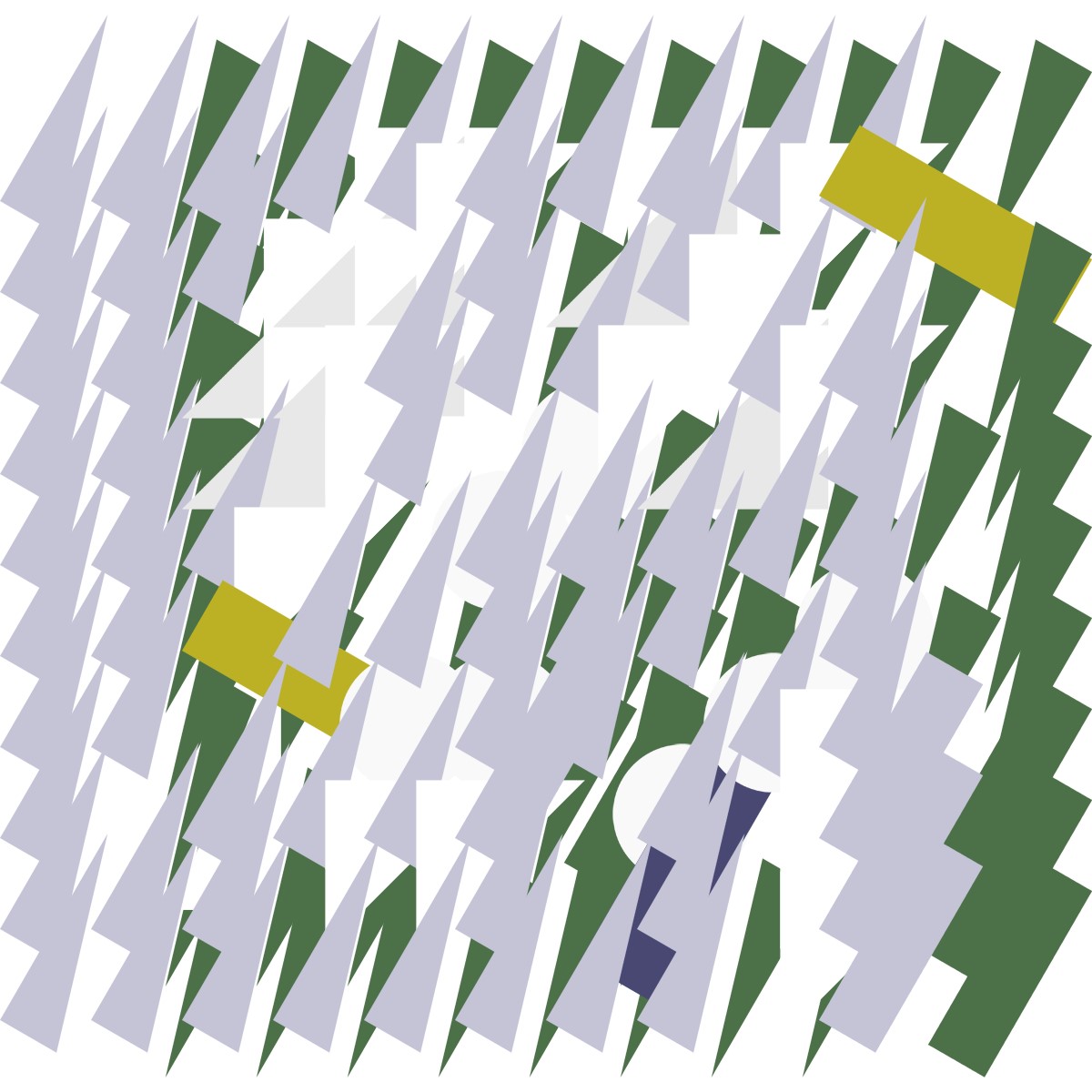
MetastructurealBen 001, 2019

